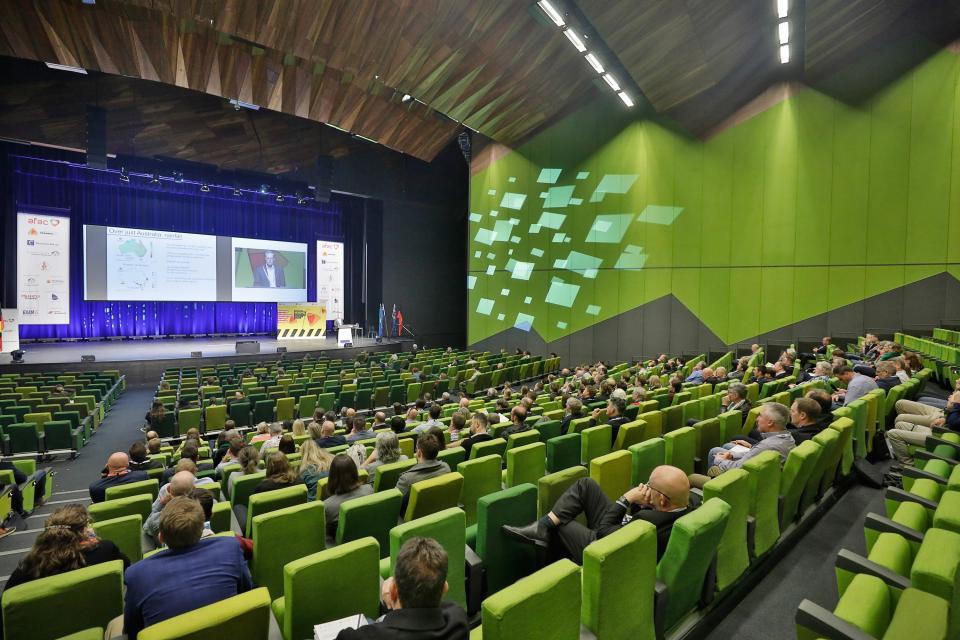
PUBLICATIONS
Published works

Pyrocumulonimbus Firepower Threshold: a pyrocumulonimbus prediction tool
| Title | Pyrocumulonimbus Firepower Threshold: a pyrocumulonimbus prediction tool |
| Publication Type | Conference Paper |
| Year of Publication | 2019 |
| Authors | Tory, KJ |
| Conference Name | AFAC19 powered by INTERSCHUTZ - Bushfire and Natural Hazards CRC Research Forum |
| Date Published | 12/2019 |
| Publisher | Australian Institute for Disaster Resilience |
| Conference Location | Melbourne |
| Keywords | Emergency management, fire impacts, predictors, risk management, thunderstorms |
| Abstract | Pyrocumulonimbus (fire-induced thunderstorms, pyroCb) are associated with unpredictable changes in fire intensity, spread rates and direction, enhanced ember transport and lightning ignitions. Conventional thunderstorm threats such as downbursts, hail, lightning, and tornadoes may also be present. This paper introduces a pyroCb prediction tool and its application is demonstrated. In favourable atmospheric conditions, suitably large and hot fires can produce pyroCb cloud in the form of deep convective columns with many similarities to conventional thunderstorms. They may be accompanied by strong inflow, dangerous downbursts and lightning strikes, which may enhance fire spread rates and fire intensity, cause sudden changes in fire spread direction, and the lightning may ignite additional fires. Dangerous pyroCb conditions are not well understood and can be very difficult to forecast. In recent Bushfire and Natural Hazards CRC (BNHCRC) research, a method for determining how favourable the atmospheric environment is for pyroCb development was developed. This method is combined with a plume-rise model (originally developed for pollutant dispersion prediction) to determine how much heat a fire must produce for pyroCb to develop in a given atmospheric environment. More specifically, this fire heat is the rate at which heat enters the fire plume (which has units of power), often termed the ‘power of the fire’ or ‘firepower’. A theoretical minimum firepower required for pyroCb to develop in a given atmospheric environment is calculated, termed the Pyrocumulonimbus Firepower Threshold (PFT). Forecast spatial plots of PFT are being trialled that provide an indication of how the favourability of the atmosphere for pyroCb development varies in space and time over typical weather forecast periods. It is anticipated that such plots will provide useful guidance for fire weather forecasters and fire agencies. Preliminary studies have shown that the PFT can vary substantially from day to day, and that days that favour pyroCb formation do not necessarily favour large-hot fires. A PFT-flag is also under development that identifies when both pyroCb and large-hot fires are favourable. Download the full non-peer reviewed research proceedings from the Bushfire and Natural Hazards CRC Research Forum here. |
| URL | https://knowledge.aidr.org.au/resources/australian-journal-of-emergency-management-monograph-series/ |
| Refereed Designation | Non-Refereed |
Published Works


